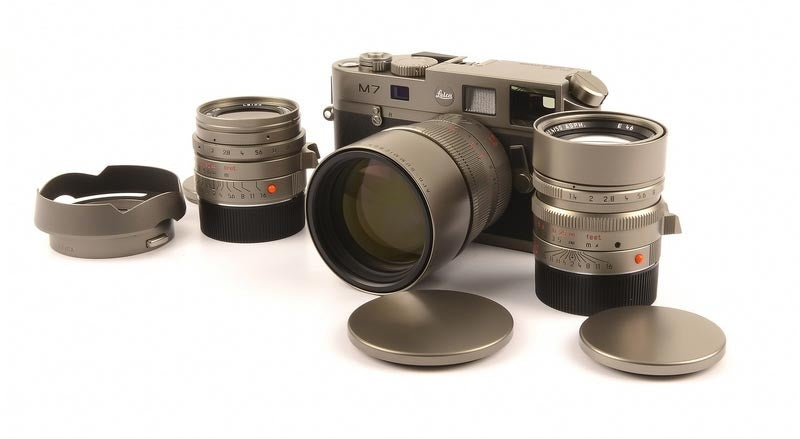After Ernst Leitz Wetzlar became Leica Camera in 1986, it continued to set the standard for precision, quality and craftsmanship in photography. It evolved with the introduction of the Leica R series, which combined Leica’s legendary lenses with the versatility professionals demand. The lack of autofocus quickly led to a decline in appreciation for the Leica SLR, and Leitz ceased production in 2008. Meanwhile, the Leica M series remained a favorite, offering photographers the perfect balance of portability, manual control and exceptional image quality.
In 2006, Leica embraced the shift from analog to digital with the release of the Leica M8. Despite the new technology, the di. . . More
After Ernst Leitz Wetzlar became Leica Camera in 1986, it continued to set the standard for precision, quality and craftsmanship in photography. It evolved with the introduction of the Leica R series, which combined Leica’s legendary lenses with the versatility professionals demand. The lack of autofocus quickly led to a decline in appreciation for the Leica SLR, and Leitz ceased production in 2008. Meanwhile, the Leica M series remained a favorite, offering photographers the perfect balance of portability, manual control and exceptional image quality.
In 2006, Leica embraced the shift from analog to digital with the release of the Leica M8. Despite the new technology, the distinctive design of the M camera was retained. The M8 was followed by other M models as well as the SL and S series.
Leica is more than just a camera. It has become a symbol of luxury and artistry. Today, Leica continues to lead in both traditional and digital photography, offering photographers tools that combine innovation with timeless craftsmanship.
Less

